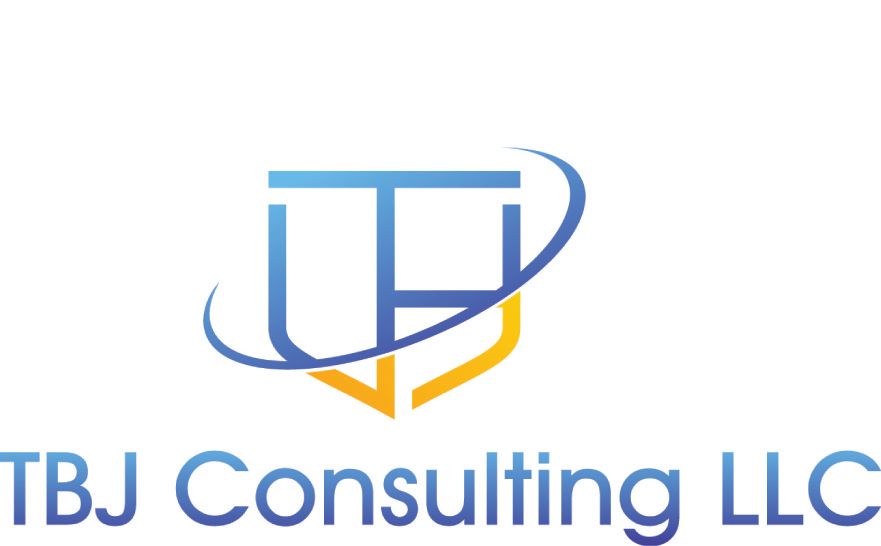The company that I am currently employed with start the the Journey to Microsoft Teams last year March.
That was when Covid sent everyone home and Video Conferencing became very important. My employer has used Video Conferencing for years using Cisco Telepresence, which works great when you are in the office but does not have a remote client.
We also reviewed Webex and we own Webex, but the Interface is not very refined and I am not a fan of the new Webex client, which was the old Webex Teams client.
We had been using Skype for business and also enabled the Skype phone dialer for everyone. Years ago, we integrated the Skype for Business backend with Cisco Call Manager to allow for outbound dialing. If you wanted inbound calls to work, you had to enable mobility.
During the implementation of Microsoft Teams, Cisco had a plug-in for Teams that allowed for the ability to work with the Jabber client or the Cisco Webex Teams Client. The network engineers enabled the ability for the Teams Client to work with Call Manager and we also tested using the Cisco Webex Teams client as a soft phone. The same issues existed with the Webex Teams client, it installs a big bloated client that I really don't like and I feel our end-users would not like it either.
We spoke to Cisco and they were going to release a slim webex dialer to integrate with Teams. We waited for 5 months for that to come out and it never was released, in fact Cisco changed direction and will never release it. (I feel that is a big mistake, but I am not a product manager looking at marketing data so I could be mistaken.)
Cisco the Full Webex Teams client was not going to work, we decided to Integrate Microsoft Teams with Cisco Call Manager using a session boarder controller (SBC), using a Cisco CUBE router. Microsoft Teams has a nice softphone and it is already installed on all of our endpoints.
Cisco has a nice guide that they have been updating about once a month located here. You can also read the guide that discusses Microsoft Teams and Cisco Call Manager interoperability. The Microsoft Teams to Cisco Call Manager guide is very basic and high level, it does not contain a recipe on how to get the integration working.
The router was ordered and the network team finally found time in February to get it configured and integrated. One of the First Decisions is how are you going to connect the Router to the Internet? Being a security professional, I did not want the router sitting on the Internet without the protection of a firewall. I also did not want to perform network address translation (NAT) on the router. The network team and I decided to put it in a DMZ that had real route-able internet addresses. We also picked a circuit that had plenty of bandwidth to ensure that the call quality was not going to be affected by bulk downloads.
After the router was configured and a leg placed in the DMZ, Firewall Rules have to be created, this is a good guide on setting up firewall rules, but I will warn you Microsoft is adding IP ranges to azure quite often, so don't be surprised if you are missing an IP range.
The network engineers and I had a discussion on how to integrate Microsoft Teams and Cisco Call Manager that would work best for my employer.
A big decision/discussion point was around Voicemail. Microsoft Teams only integrate with Microsoft Cloud voicemail, since we are not using that Voicemail and do not want Voicemails stored in the cloud, that became a design decision on how to integrate the two system. (Microsoft, it would be nice to integrate with a Voice Mail system such as Cisco Unity, I doubt you will ever make that work, but it would be nice).
Since we wanted to have voicemail be saved in our current voicemail solution, we decided to forward calls to Microsoft Teams using Cisco Mobility. The next decision point was what route pattern we were going to use to route calls to Microsoft Teams. We decided to use *8. The reason we choose *8 is that number is not actively used and it is unique in our system. (We could have used a different partition and choose any prefix we wanted, but for items this this the network engineers and I like to make it unique.)
We were now ready to integrate Microsoft Teams with Cisco Call Manager. I will safe the details on how that was configured in my next blog post.
In case you are wondering, I have over 15 of Cisco Call Manager and Cisco Voice Routing experience and this is one of my many area's of expertise. Having been a consultant for 19 years allowed me to have a very deep and unique knowledge base on many topics and technologies.
